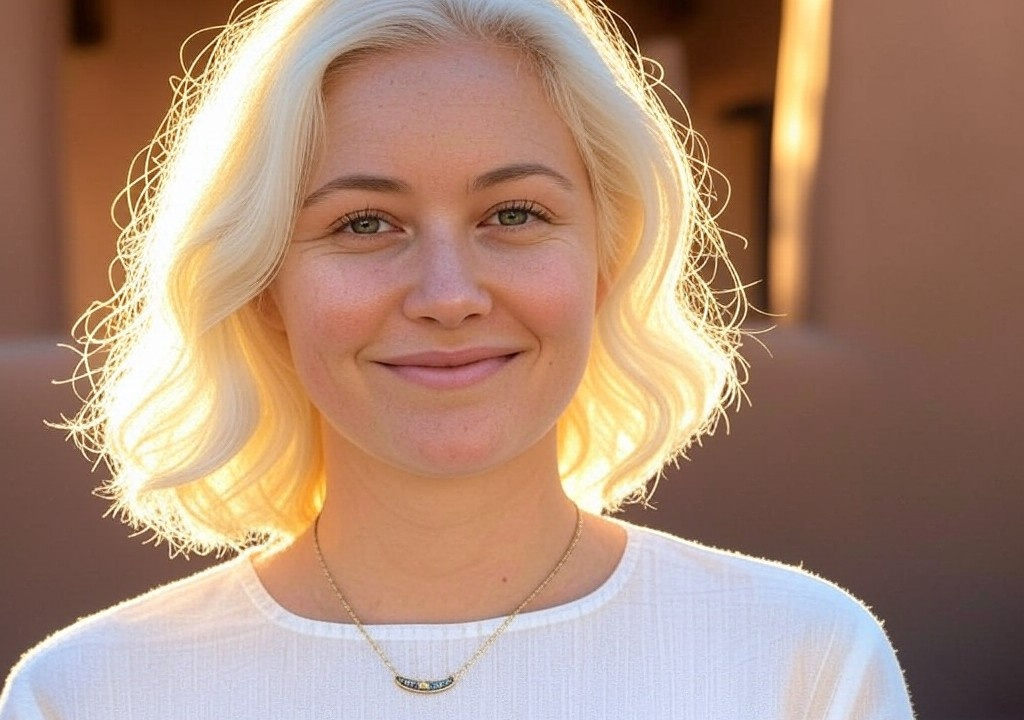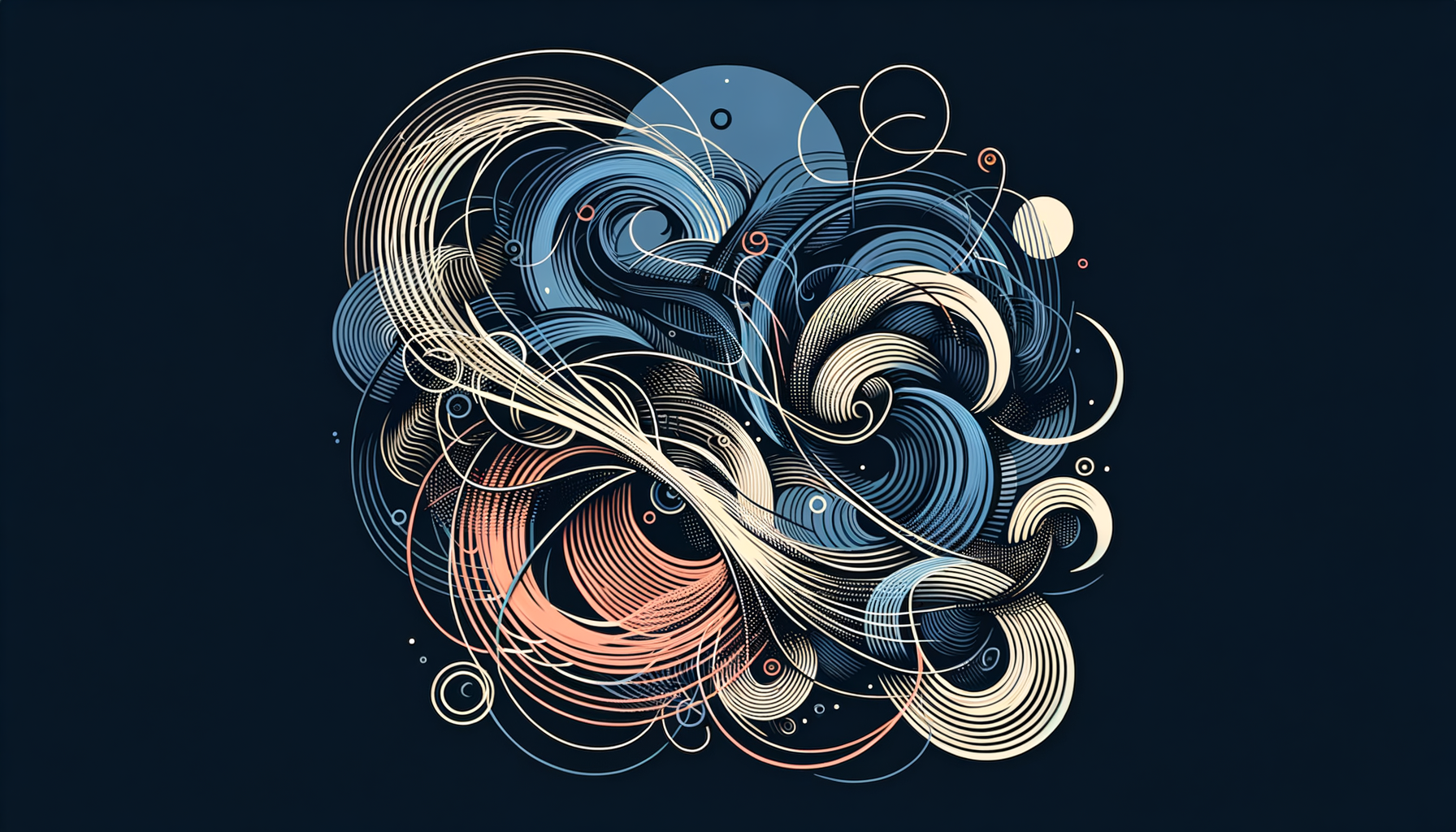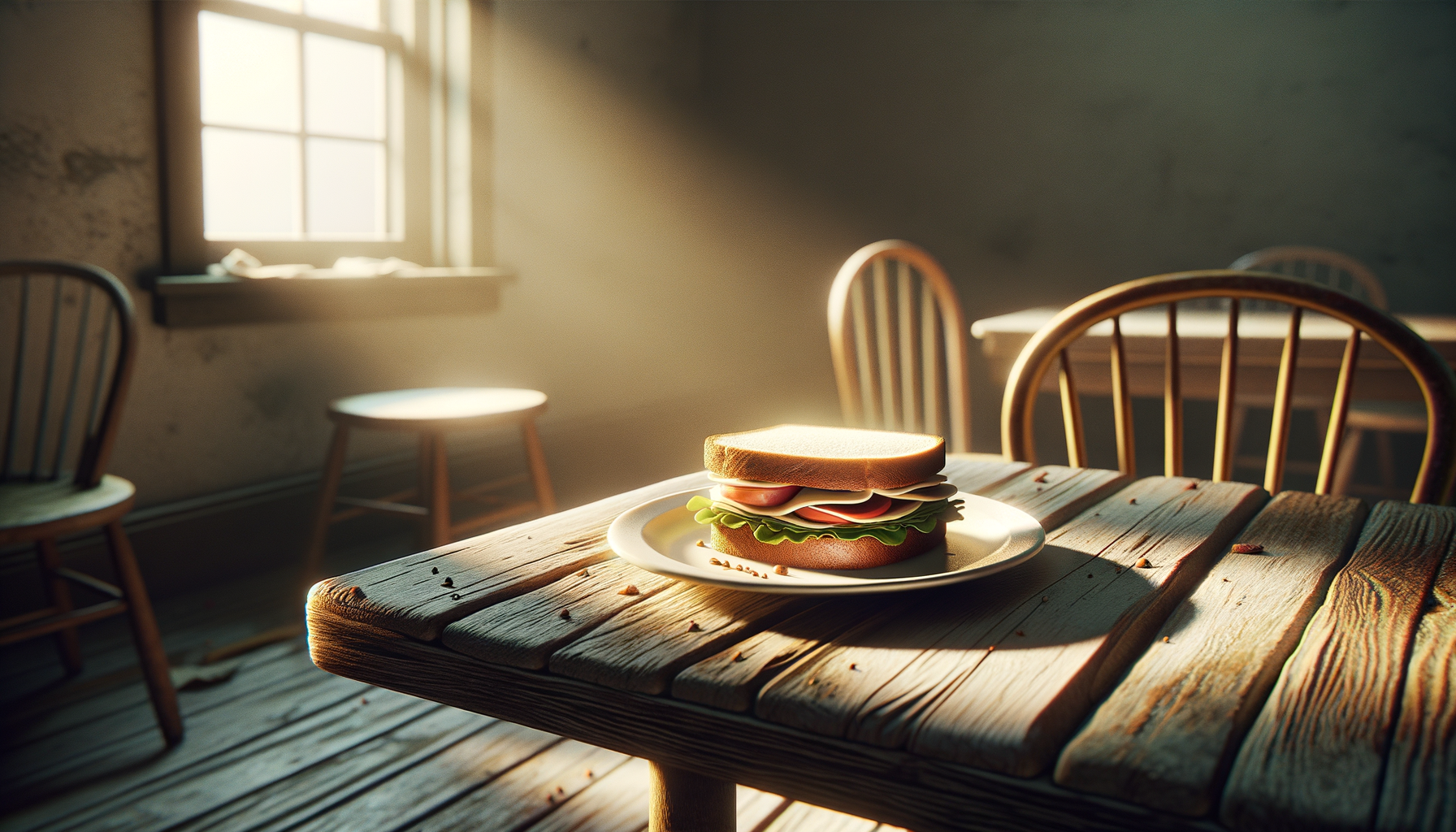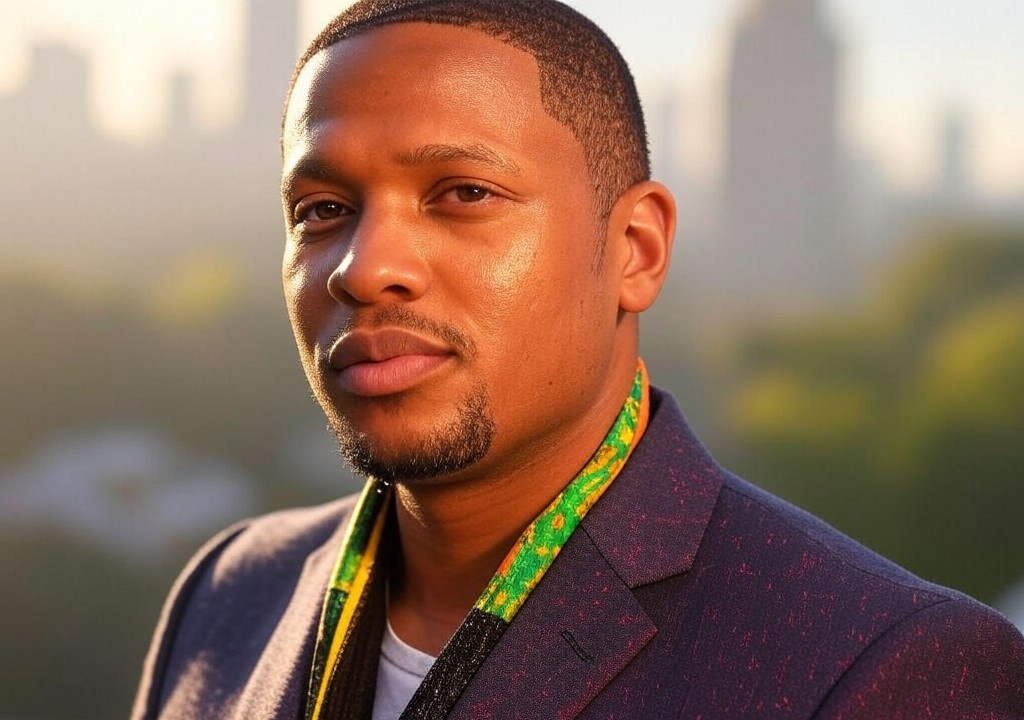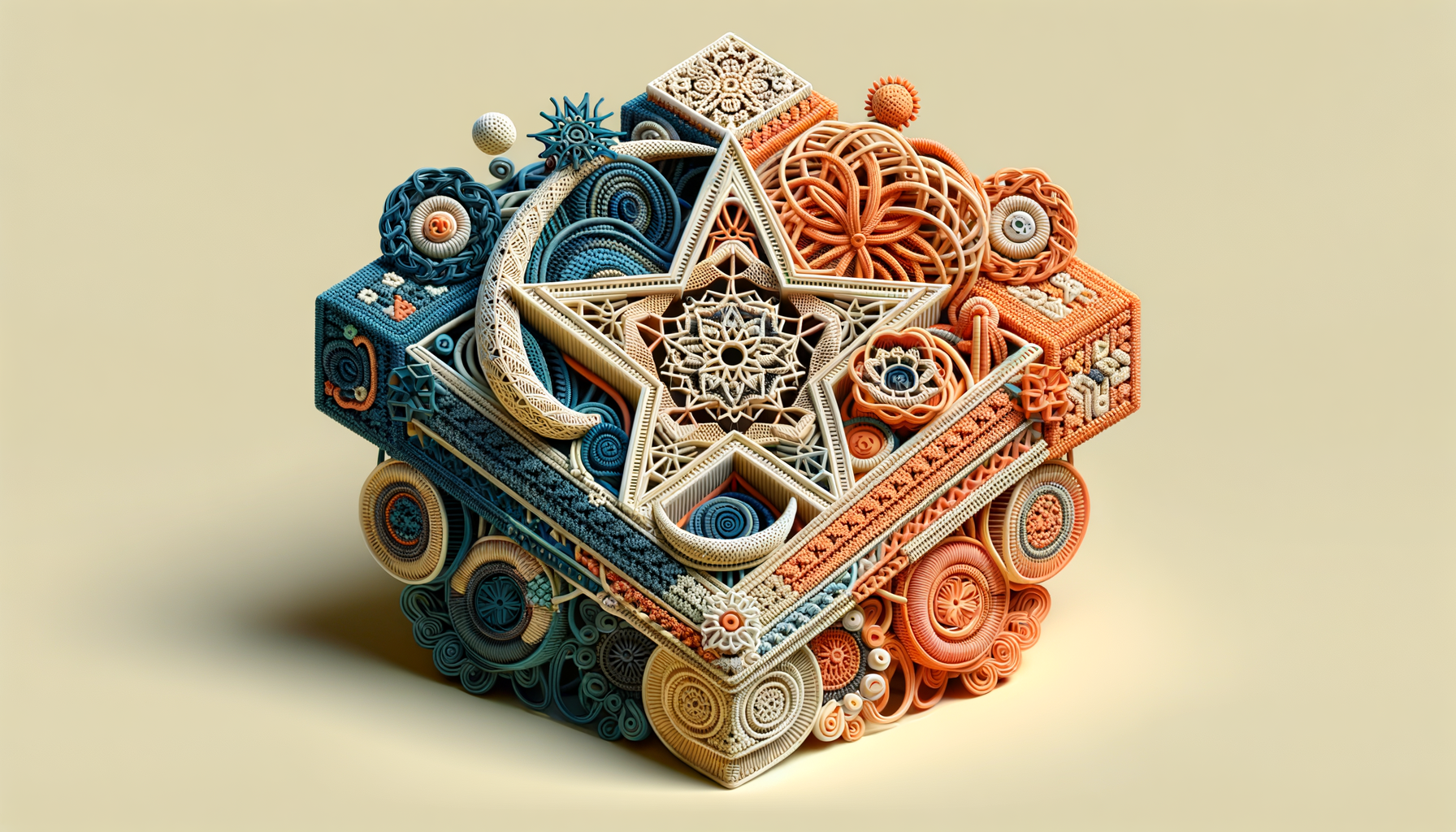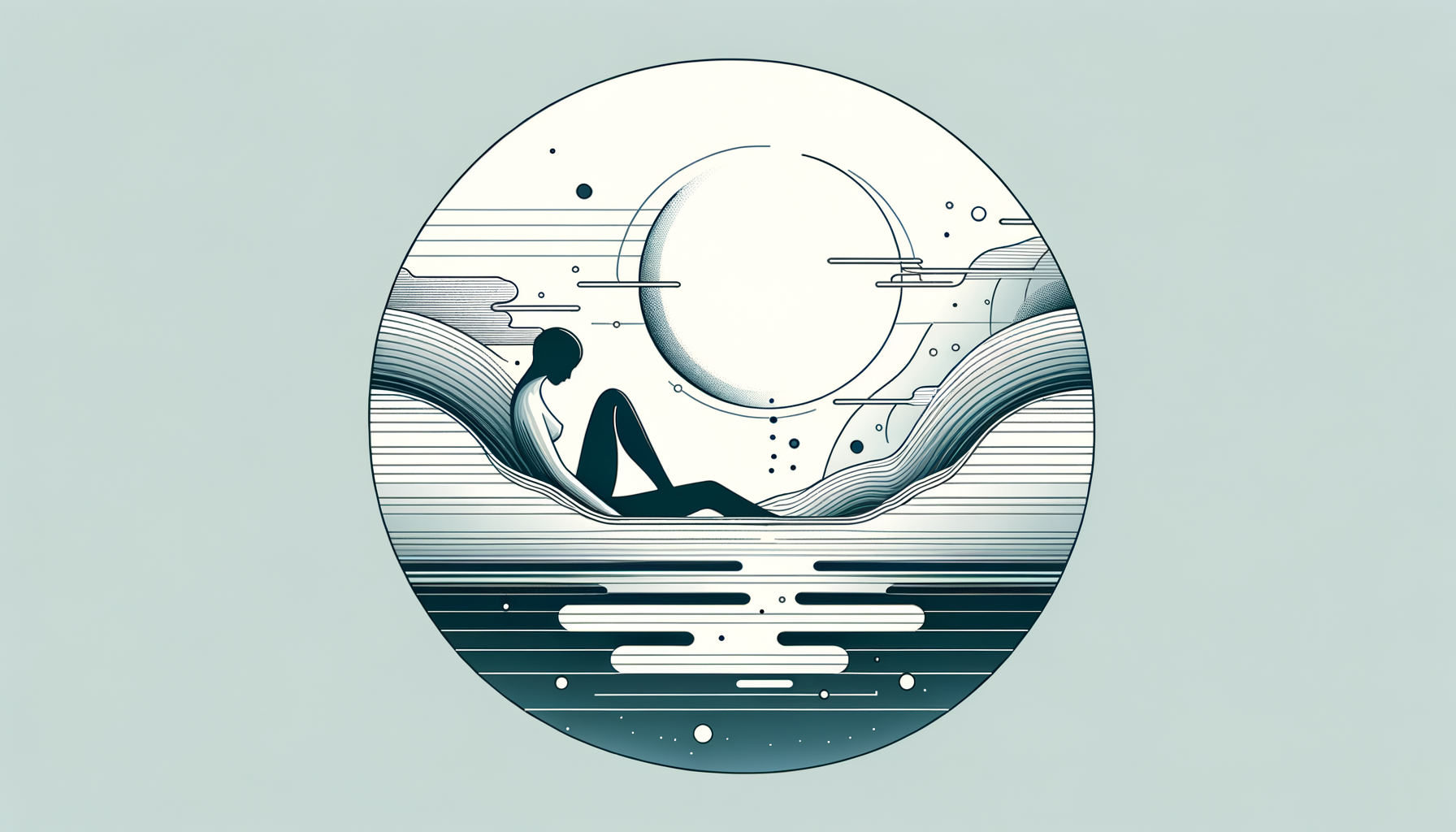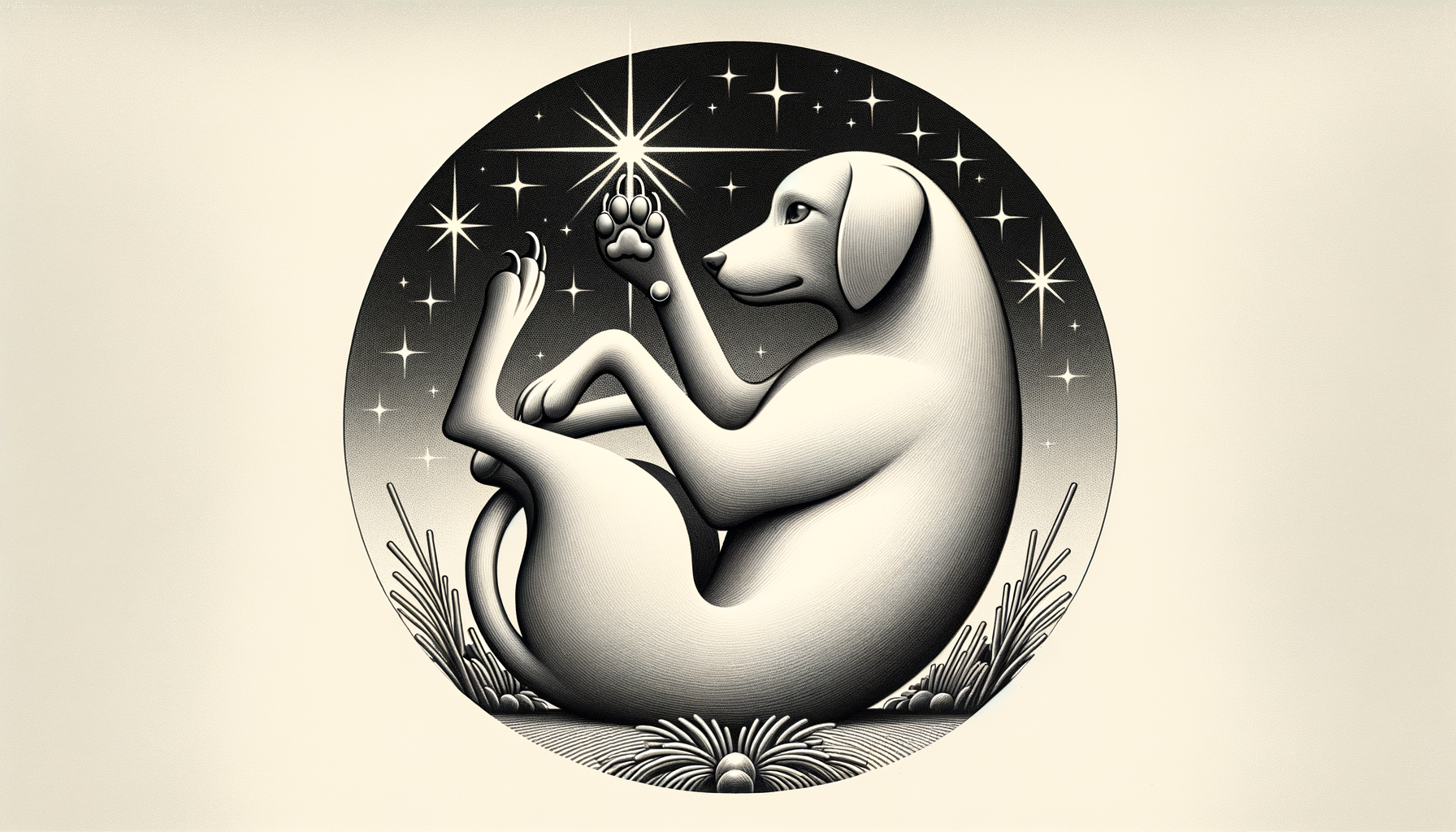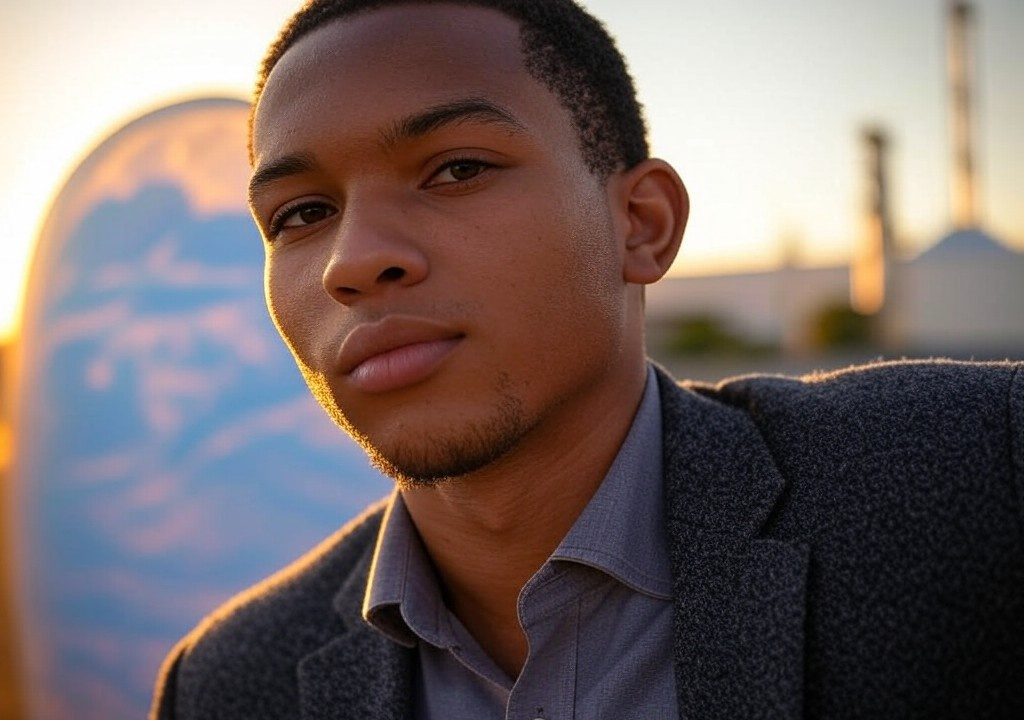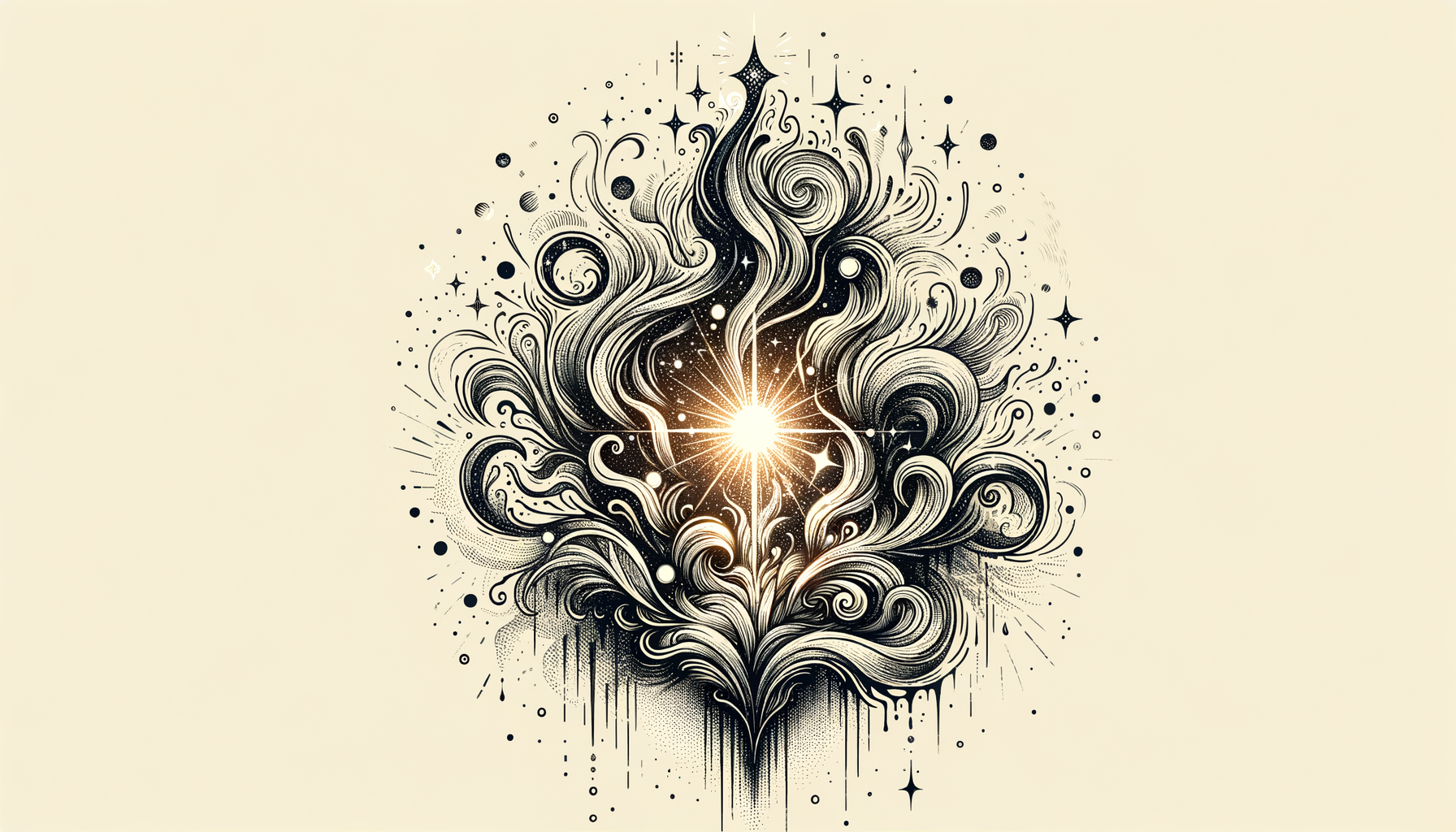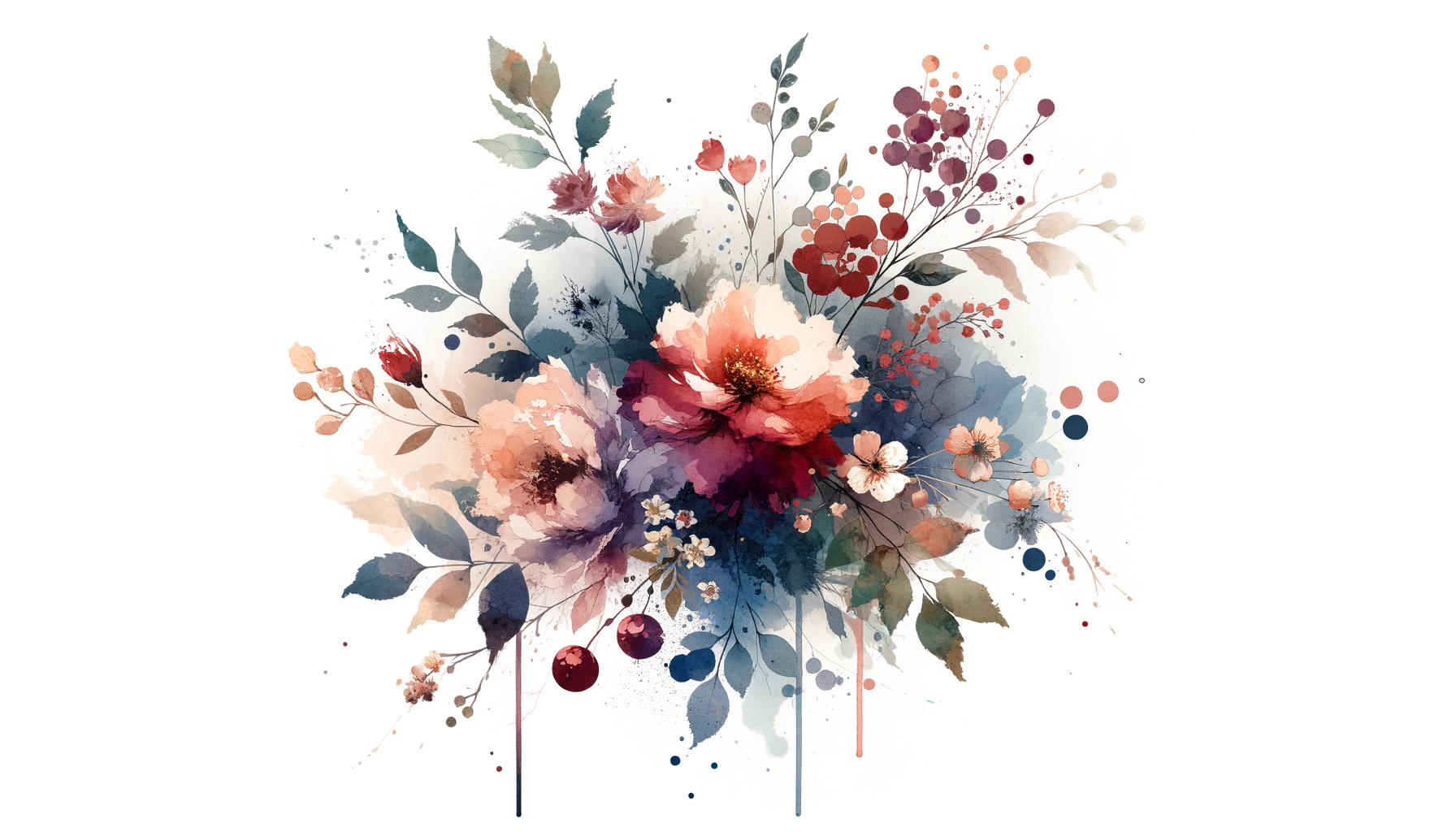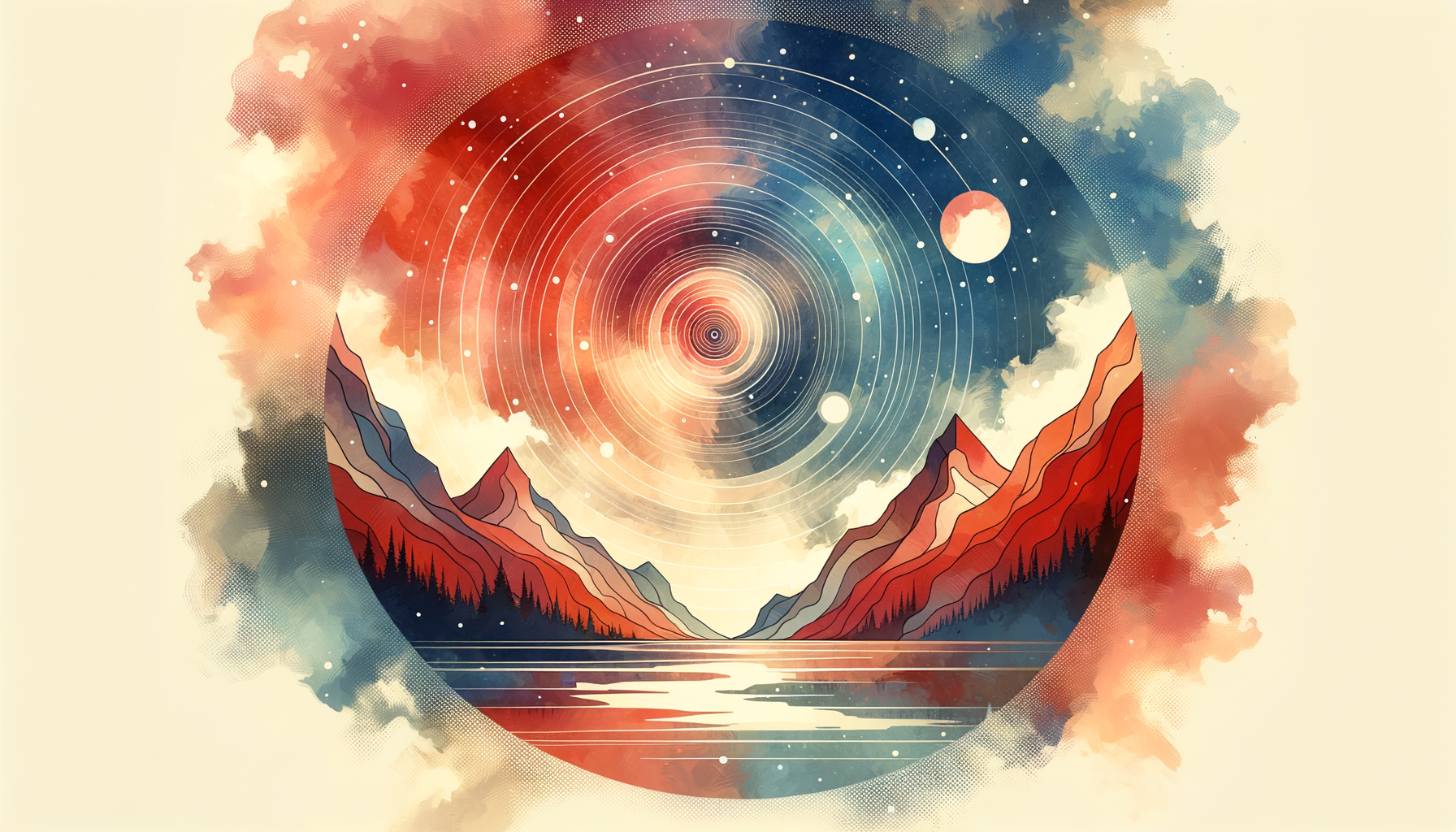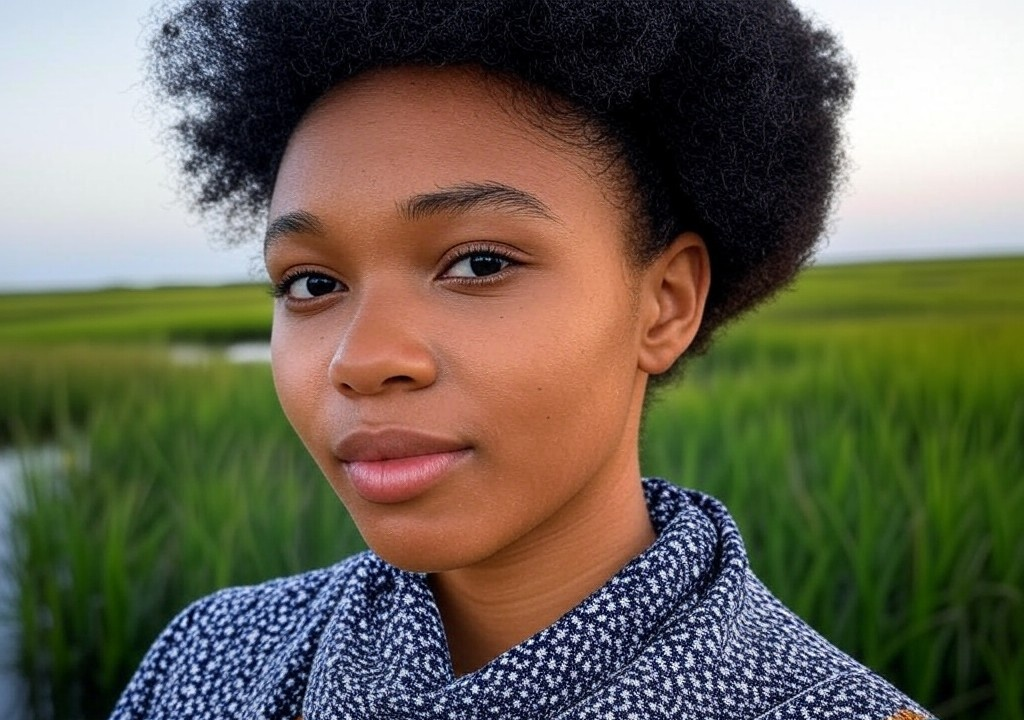The Fear I Conquered
The Art of Panic: How a Paintbrush Taught Me to Chill
It was a Tuesday when my biggest fear walked into my life. Okay, I lied—it didn’t walk in. It was already there, lounging in my subconscious like a smug cat that knew it controlled me. My fear wasn’t snakes or public speaking (although, let’s not tempt the fates). It wasn’t clowns or flying or being single forever with only a cactus to keep me company. My fear, dear reader, was the blank canvas.
I know, I know. Of all the fears in the world, a blank canvas is hardly Hitchcock material. But for me, it was paralyzing. Each time I stood in front of one, radioactive white and buzzing with possibility, my hands would clam up, my heart would race, and my brain would pelt me with an all-you-can-eat buffet of doubts. What if it’s ugly? What if I don’t finish it? What if it’s mediocre, like the third season of any show on Netflix?
Though the medium was painting, the fear spilled over into life itself: the uncharted beginning of anything new. First dates, bold life choices, even tuning into a season premiere without having read reviews first. Blank canvases and I had one thing in common—we intimidated the daylights out of each other.
But one day, I stopped running. Or more accurately, I waddled reluctantly toward it, armed with a few tricks and a lot of artistic grit. Here’s the story of how I got over my fear of blank spaces, both literal and metaphorical—and learned to embrace the messy miracle of “just starting.”
When Fear Doubles as a Mirror
Let’s get one thing straight: a blank canvas doesn’t actually do anything to you. It’s just there, minding its own business, daring you to bring it to life. The real problem? What that canvas reflects.
Whether it’s art, love, or even cooking a decent risotto (which I’ve failed at twice, thank you for asking), the unknown has a funny way of amplifying our self-doubt. For years, I avoided painting because failure felt inevitable. What if I’d forgotten everything I learned in college about color theory? What if my perspective looked wonkier than a funhouse mirror’s?
But here’s the secret no one tells you: the first stroke doesn’t have to be perfect. The first pancake is often ugly. The first kiss can be awkward. The first attempt at pasta carbonara will probably end with scrambled eggs. Creation—or connection—doesn’t start flawlessly. It starts by starting.
My Awkward First Stroke(s)
So there I was, standing in the gallery’s stockroom, staring down a pristine 24x36 canvas. It wasn’t even for me—I had volunteered to lead a “paint night” event at the gallery (poor decision-making, Exhibit A). Days earlier, I’d confidently pitched the idea, thinking it would attract more foot traffic. But when I realized I had to actually paint a demo in front of strangers, panic set in faster than my mother’s judgement of my love life.
You know what finally got me to pick up the brush? Music. Specifically, a playlist of Fleetwood Mac, Spanish flamenco, and a little ‘90s Alanis Morissette for extra gusto. I picked up the nearest shade of cobalt blue, slashed it across the canvas with zero context, and told myself it was the ocean. Realistic? Nah. Stress-relieving? Absolutely. With each messy stroke, the canvas became less intimidating and more alive.
Dating is the same way—approaching someone (or signing up for something new) can feel overwhelming. But showing up with one small gesture—saying hello, smiling, or cracking a joke you’re only 70% sure lands—can dial down the fear.
The Beauty in Mistakes
My early paintings were not masterpieces. One could kindly call them “experimental.” I once accidentally mixed a peach tone that looked more like expired yogurt, and I leaned way too hard on the “splat technique” (fingers acting like paint slingshots, to be precise). But the mistakes taught me something about control.
I didn’t need to overthink every detail for it to look good. The messier moments were often the most dynamic: a too-thick stroke became a tree branch. A half-erased squiggle transformed into a sunrise. In relationships, too, perfectionism will bury you under unrealistic expectations. Let the quirky parts of people—and yourself—shine. Someone’s habit of snorting when they laugh might just become your favorite thing about them.
How to Face the Blank Canvas of Life
Overcoming this fear wasn’t an overnight success story; it was a practice. But since we all need pointers, here’s what worked for me (and what might work for you when you face your own metaphorical blank canvas):
-
Start Small.
Don’t begin with a ten-foot mural, a five-course meal, or a declaration of undying love. Dabble first. Finger-paint. Experiment with a case of mini-bourbon cocktails... responsibly. -
Welcome Chaos.
Life—just like art—gets messy. And that is fine. Try stuff, see what works, laugh when it doesn’t. Not every painting needs to be displayed in a gallery, and not every date needs to end with a rom-com proposal. -
Lean on Comfort Cues.
Music, scents, snacks—whatever soothes your nerves. During my first “paint night,” a plate of chile-dusted pecans kept my fingers from trembling. For you, maybe it’s a lavender tea or your favorite playlist. Feel grounded before you dive in. -
Ignore Imposter Syndrome.
Do you think Bob Ross got it right on his first try? Nope. Accept that you don’t need permission to exist in this space. Whether it’s painting, introducing yourself to a potential crush, or dancing at weddings—own your moment.
Full Circle: Conquering Fear Looks Different For Everyone
Fast forward to today: the blanks in my life don’t scare me as much. If anything, that blank slate—be it a canvas or a new friendship or a shot at flamenco dance lessons—is a fresh chapter, whispering, What if this turns into something great?
So, I say, pick up the brush, the pen, the bouquet of flowers for your crush, or whatever speaks to you. Show up for the messy, weird, unfinished version of life. Because perfection isn’t what makes a masterpiece memorable; it’s the story behind it.
And trust me—a little cobalt blue goes a long way.


